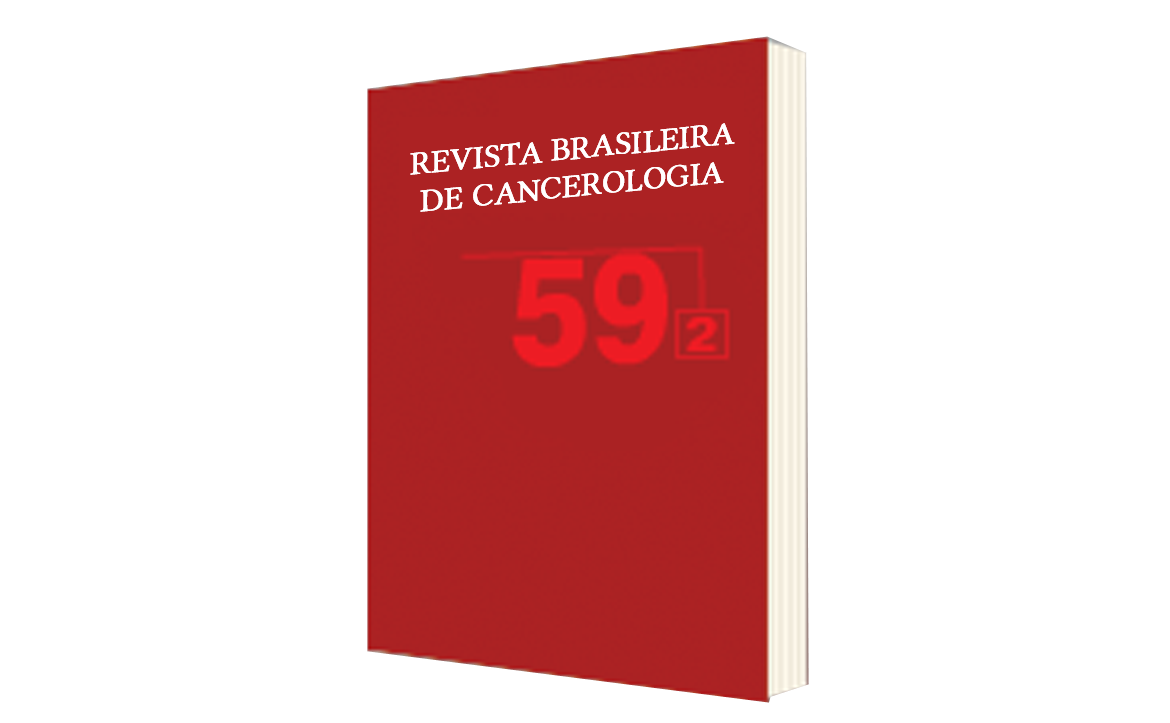Mortality Trends from Lung Cancer in Salvador City and in the State of Bahia, Brazil, 1980 to 2011.
DOI:
https://doi.org/10.32635/2176-9745.RBC.2013v59n2.517Keywords:
Lung Neoplasms, Lung Neoplasms-mortality, Lung Neoplasms-etiology, Ecolological Studies, Time Series StudiesAbstract
Introduction: Lung cancer, the most common malignant neoplasm and the most lethal in the world, responsible for the largest number of cancer deaths (17%), has presented an annual increase of 2% in incidence worldwide. Objective: The aim of this paper is to describe the trend of the mortality rates of lung cancer in the State of Bahia and in Salvador city, from 1980 to 2011. Method: This is an aggregate study, whose data on deaths and on population was obtained from the Mortality Information System and in the Brazilian Institute of Geography and Statistics, respectively, searched in the database from the Data Processing Department of the Unified Health System. For the analysis of time trends we used Poisson regression with over dispersion assessment. The results represent the annual average percentage of increase or decrease, adjusted by the number of deaths due to undefined death cause. Results: It was observed that in Salvador there was general trend of increase in standardized mortality rates from lung cancer of 0.32% among men and 2.68% among women. In the State of Bahia, there was observed an increasing of 1.13% and 4.04% among men and women, respectively. Conclusion: Hence, these results, which are consisten t with the international patterns, suggest that this is a period of increasing rates, indicating the importance of primary prevention actions specially aimed against tobacco use, the main risk factor associated with the incidence of this neoplasm.









